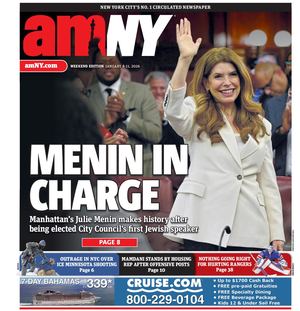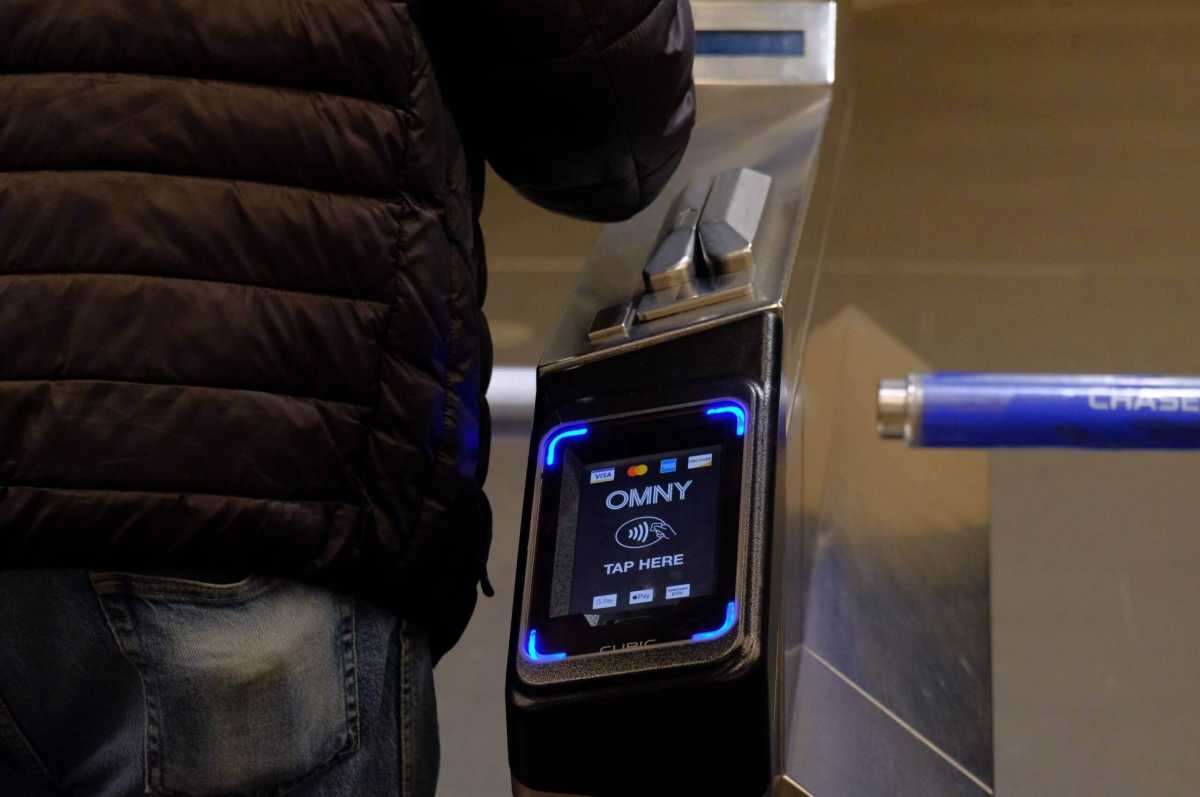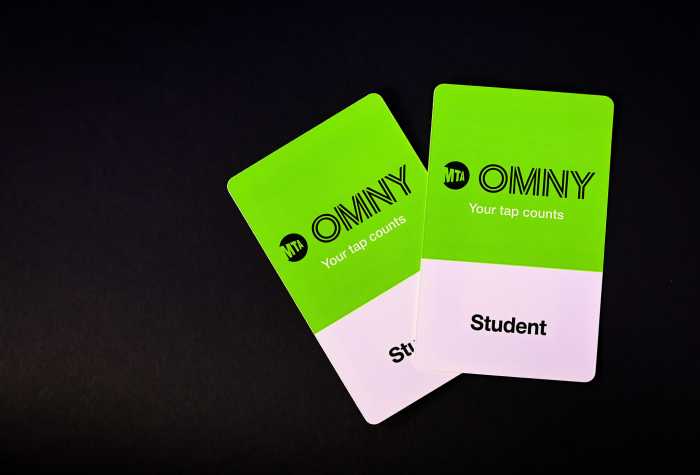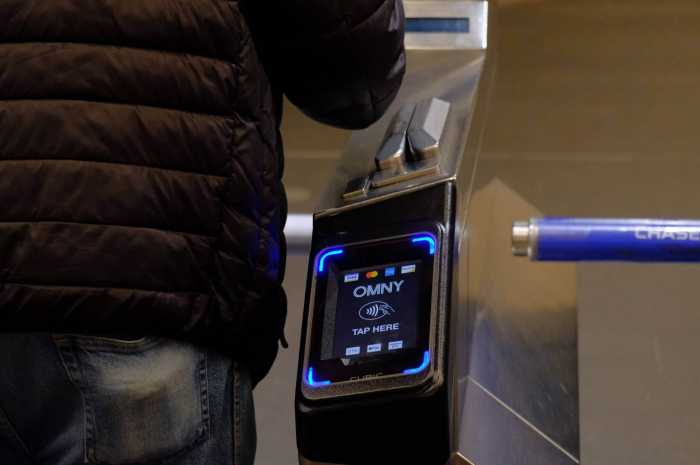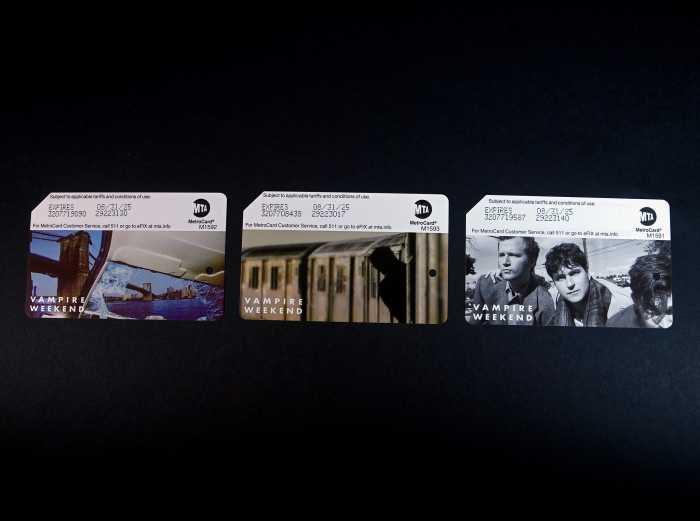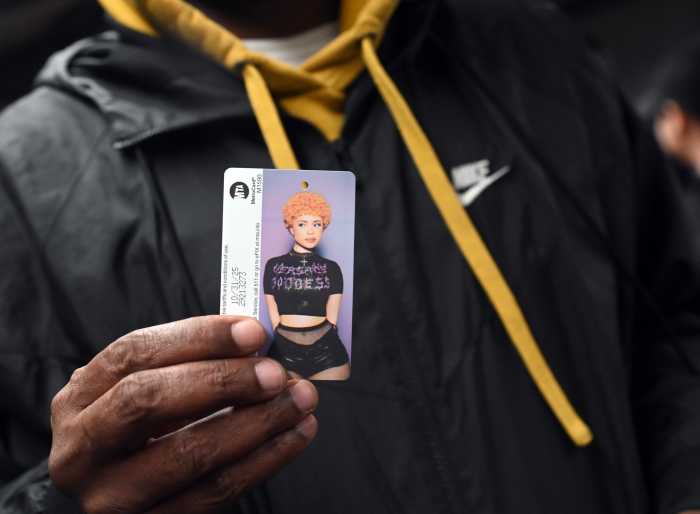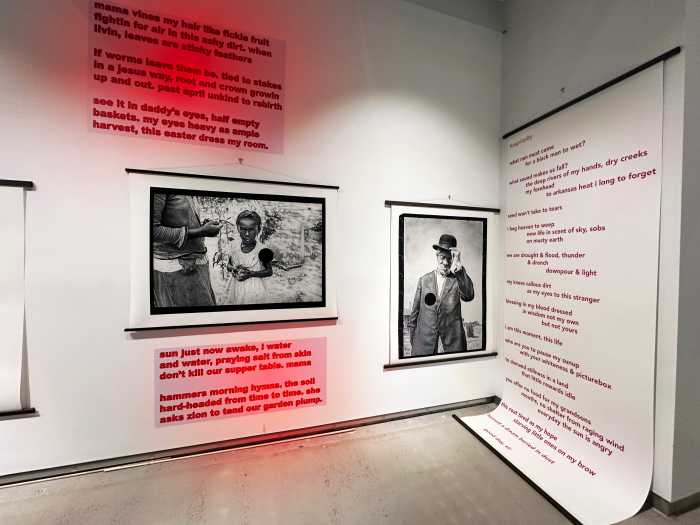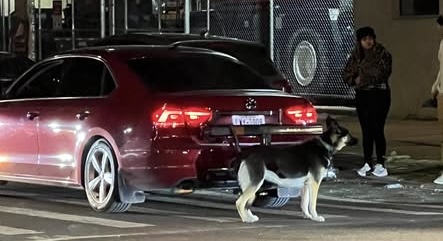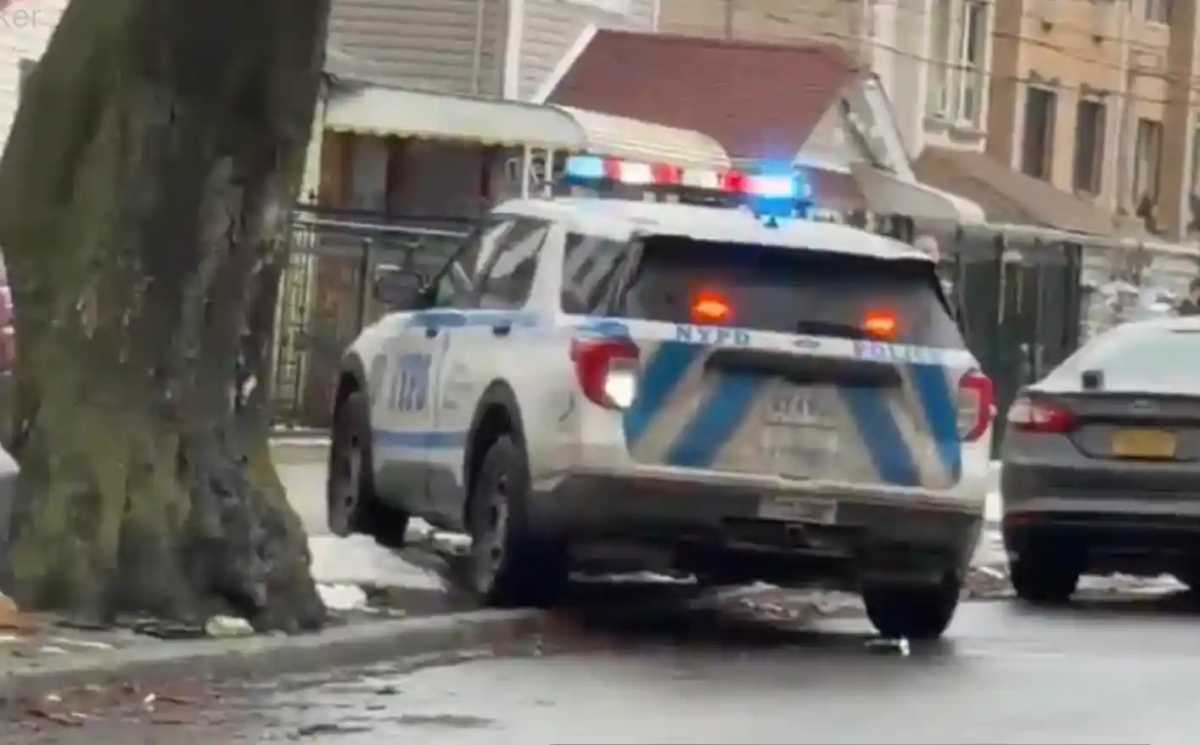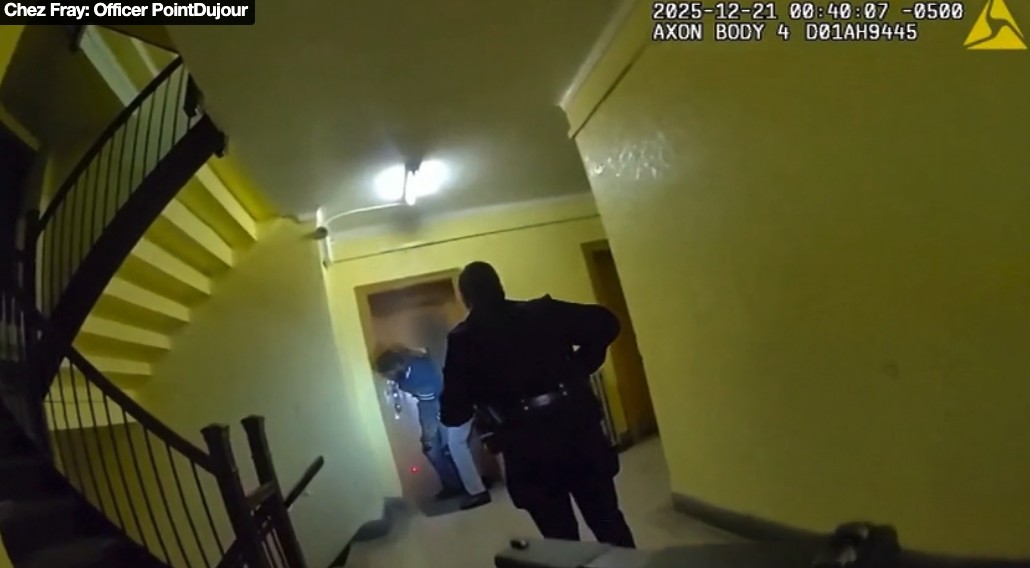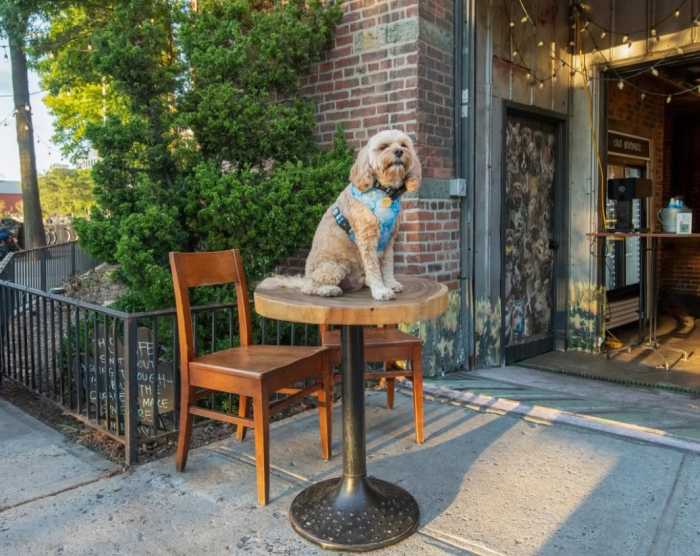Usage of OMNY, the MTA’s tap-to-pay system for subways and buses, is highest in the city’s gentrified neighborhoods even as uptake lags in areas of the city with older, less white, and lower-income residents, the transit agency revealed on Monday.
The subway station with the highest uptake of OMNY is Bedford Avenue on the L line, the nexus of hyper-gentrified Williamsburg in Brooklyn — with 68% of paying riders entering the system with an OMNY tap instead of a MetroCard swipe.
In fact, all of the stations in the top ten are located in areas with a large proportion of younger and more affluent residents. Five are along the L’s corridor in Williamsburg and Bushwick, while the other five serve large populations of students at New York University and Columbia University.
Meanwhile, the stations with some of the lowest adoption of OMNY are terminal stations further in the outer boroughs, like Utica Avenue in Brooklyn and Wakefield and Woodlawn in the Bronx, explained Jessica Lazarus, the MTA’s senior director of commercial initiatives on Monday.
On buses, tap rates are even lower; only about 30% of riders use OMNY, compared to 47% of subway commuters, according to MTA data.
Why such disparity?
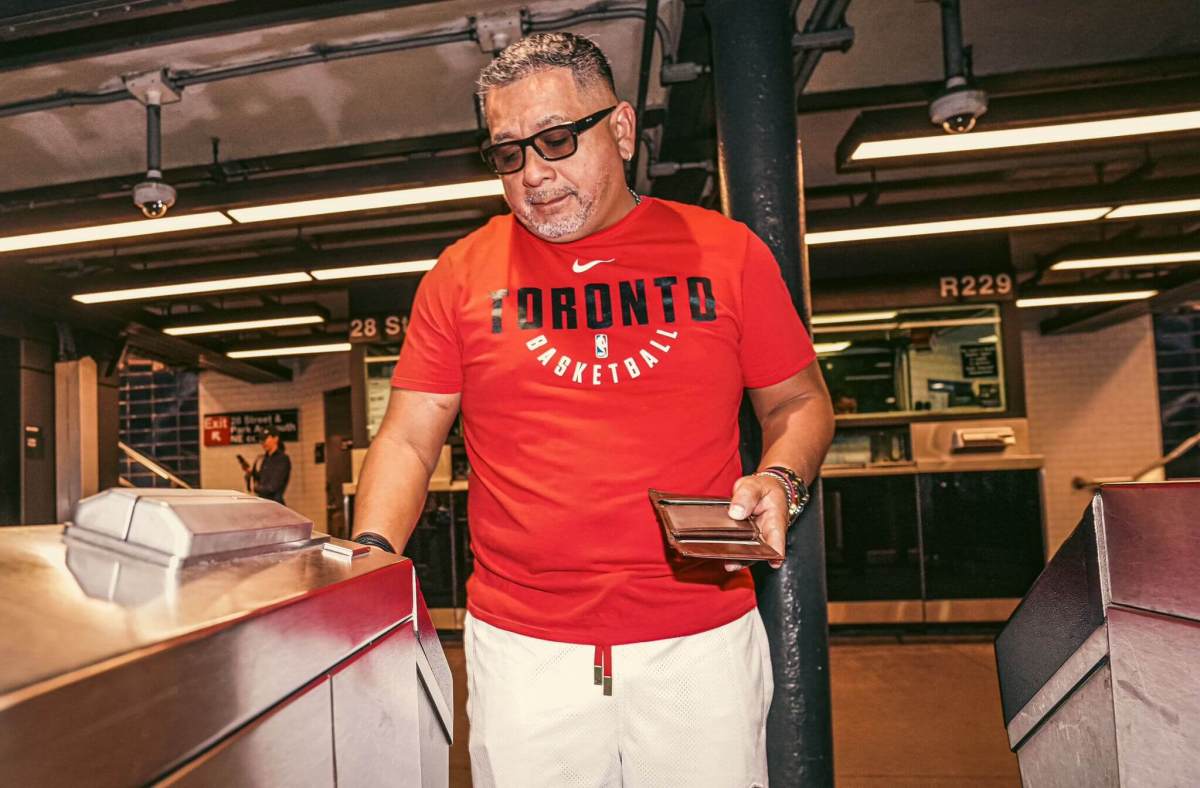
A litany of factors have caused the racial and economic disparities for the tap-and-go system, which launched in 2019.
The MTA intended to roll out vending machines dispensing OMNY cards, like ubiquitous MetroCard vending machines, this summer, but the machines have not appeared in subway stations even as the summer draws to a close. Jamie Torres-Springer, the head of MTA Construction & Development, said on Monday that the machines will be rolled out “very soon.”
The lack of vending machines, where riders can load money onto an OMNY card with cash or credit, is particularly challenging for the city’s low-income population, many of whom might not have a smart phone or bank card, while other residents, particularly older ones, may not know how to use their phone’s digital wallet to pay the fare.
Others continuing to use a MetroCard are worried about the data OMNY collects about them, which came to the fore last month when 404 Media reported the ability to track someone’s OMNY taps, and thus their travel patterns, with just their debit card number; the MTA has since disabled that feature. Still others worry about being charged the right amount after a snafu accidentally charged riders $2.90 before the fare officially bumped up to that level in August.
While 67% of full-fare riders have switched to OMNY, a paltry 5% of those paying reduced fares have done so. The MTA has rolled out OMNY for seniors and people with disabilities paying half-price fares, but not for those using Fair Fares, which is a city benefit program, though Lazarus said the agency will soon launch an OMNY pilot for Fair Fares.
Slow to switch
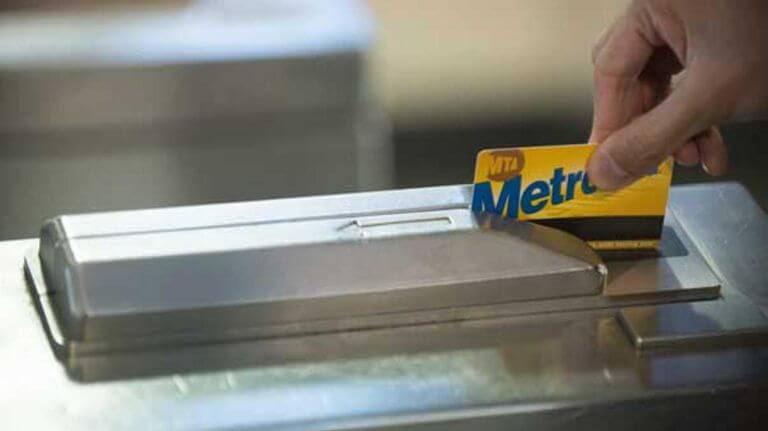
Public school students are still distributed MetroCards rather than OMNY cards to ride to and from school for free, while other reduced-fare riders get MetroCards from their employer or a social service organization.
Still, others buy MetroCards not at a vending machine but at a retail storefront, pointing to another factor propagating the usage disparities: OMNY card retailers are heavily concentrated in Manhattan, where they can be bought at chain retailers like Duane Reade, while MetroCards are more likely to be sold at neighborhood delis in the outer boroughs.
The MTA has tried to entice riders to switch through its fare-capping program, making all rides free after twelve taps into the system during a given week, but many riders still opt to buy a 7-day unlimited MetroCard instead, said Lazarus, especially when they’re more widely available in stores.
The MTA originally intended to fully phase out the MetroCard this year, but those plans have been put on hold indefinitely.
In addition to laggard uptake, the project is still not fully complete as it is, because the MTA still wants to expand its use to other transit systems in the New York area that the authority itself doesn’t run.
Last month, the first of those, the Roosevelt Island Tram, was fitted with OMNY, and the MTA says it hopes to have it on the JFK AirTrain within the next few months.
Correction: this story has been updated with the correct spelling of Jessica Lazarus’ name.
Read more: QueensLink Transit Debate: Rail Line vs. Mayor’s Park Plan
